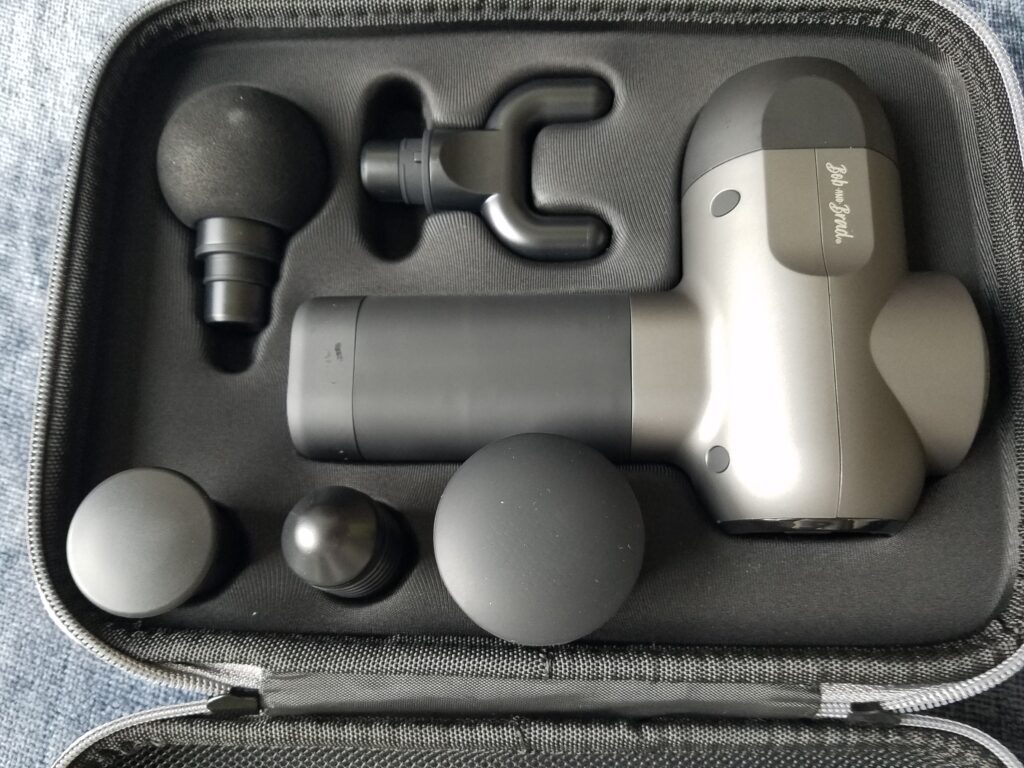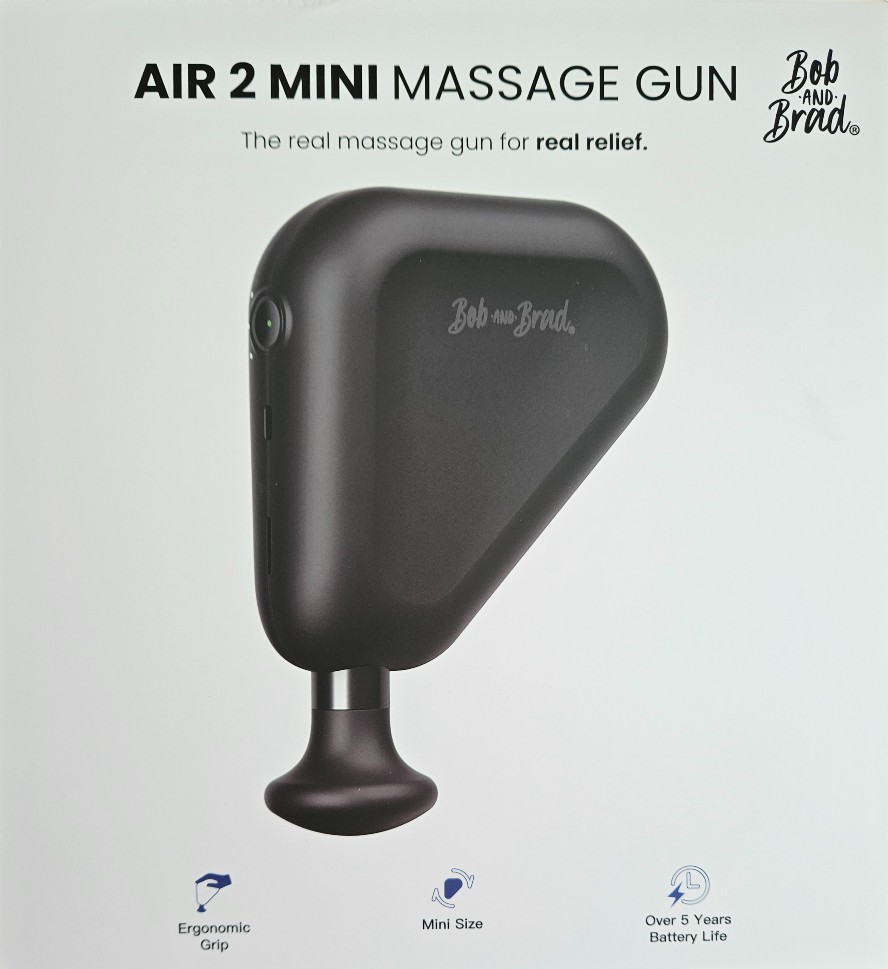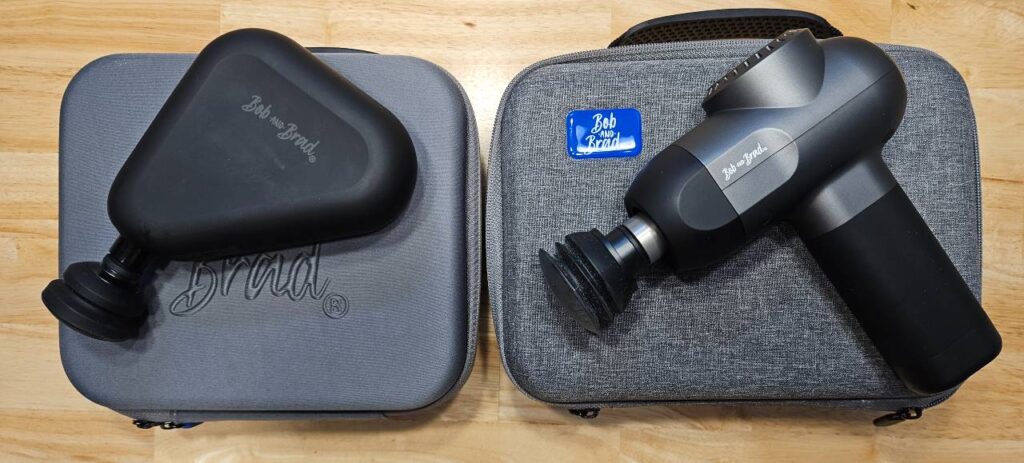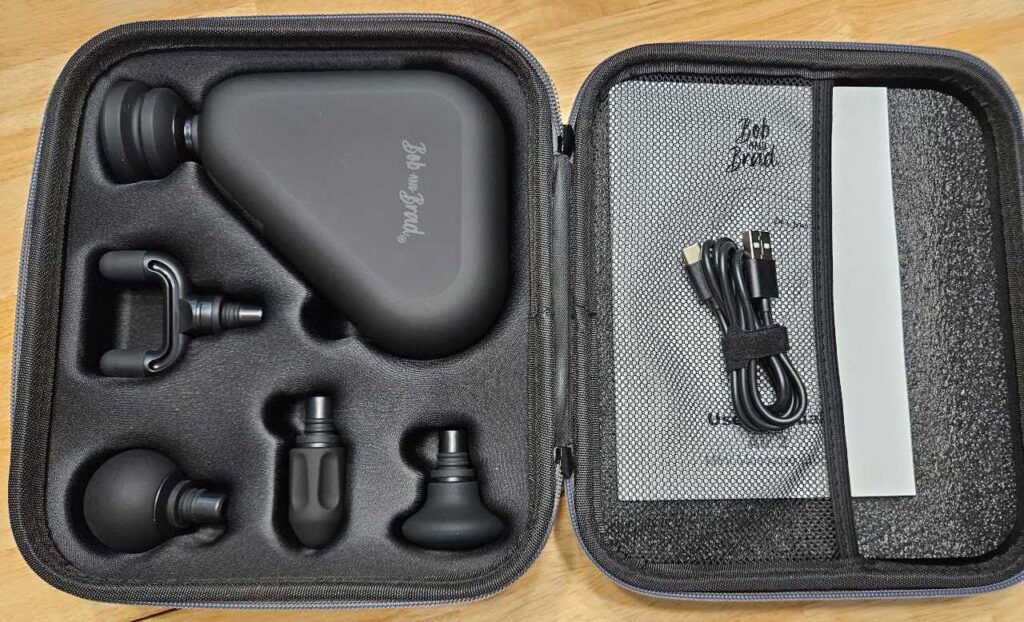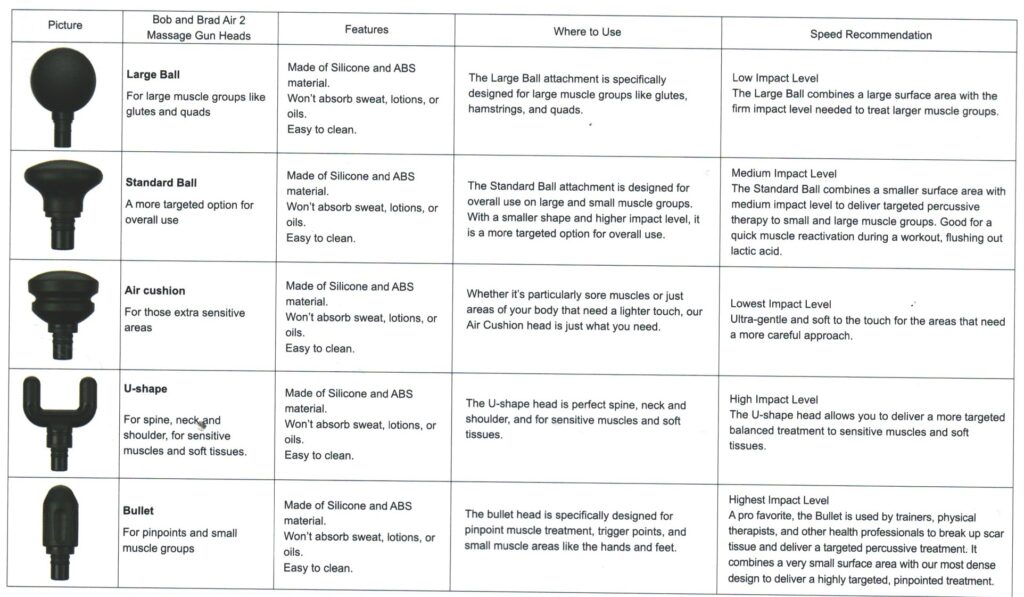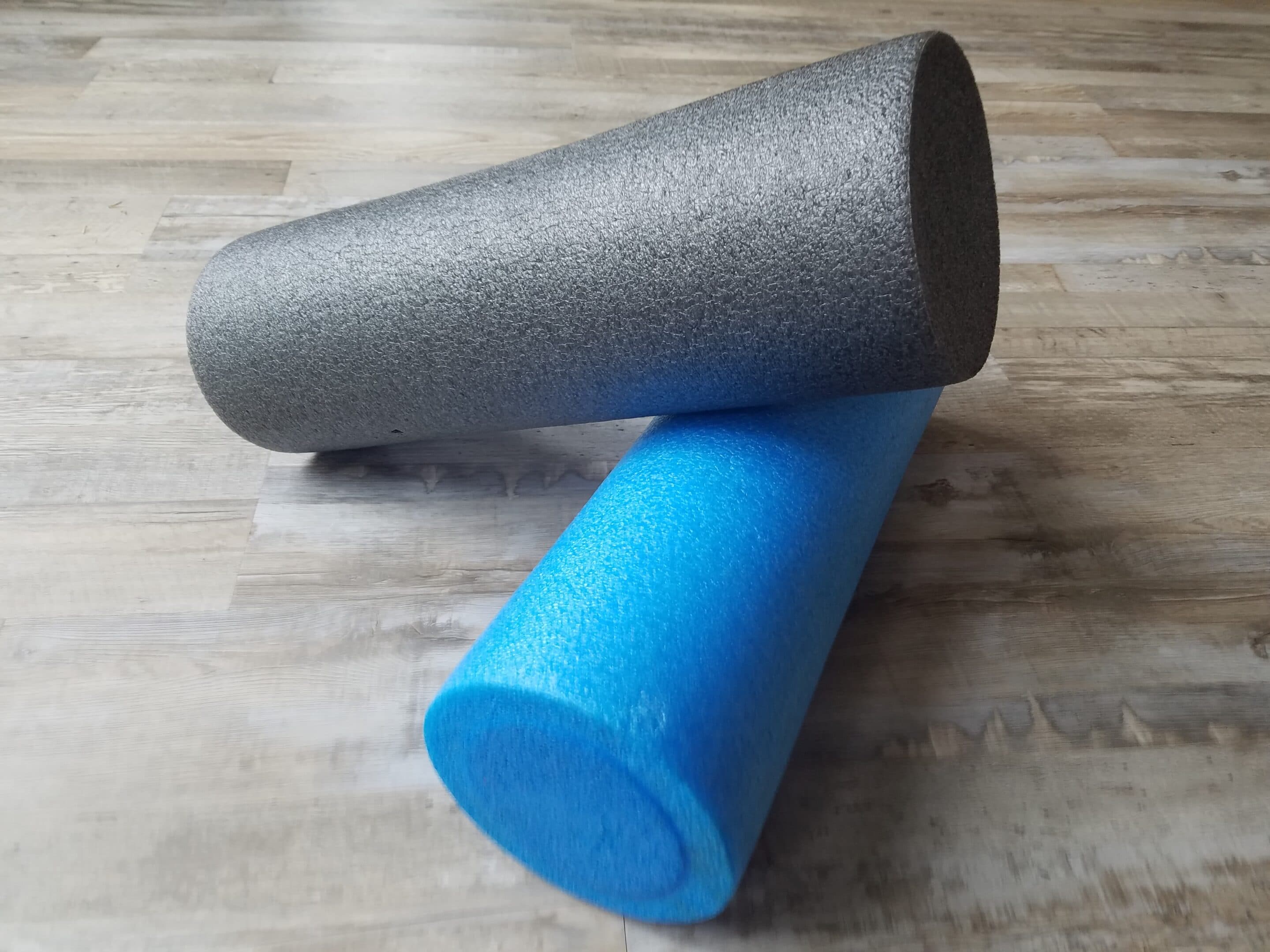Foam Rolling vs. Massage Gun: A Recovery Showdown for Senior Triathletes
by Jim Riley and Terry VanderWert
After publishing an update on my experience with foam rolling, a reader asked for information comparing foam rolling and muscle relaxation using a massage gun. Jim Riley, senior triathlete and co-author for this post, commented on the request. Later, we agreed to collaborate on this post in which we compare foam rolling and massage gun therapy for recovery based on science and our experiences.
Disclaimer: This post is for informational purposes only and is not intended to replace professional medical advice—please consult your healthcare provider before starting any new recovery regimen.
Why Recovery Matters More as We Age
Recovery is crucial for senior triathletes. As we age, our muscles demand more attention to maintain flexibility, support training volume, and prevent injuries. Two popular self-massage tools used by older multisport endurance athletes are foam rollers and massage guns.
Is one better than the other? Should you invest in both? Which one fits better into your daily routine? These are the questions we set out to answer.
How These Tools Actually Work
Foam Rolling: The Foundation Method
Foam rolling is a form of self-myofascial release (SMR)—essentially, you’re giving yourself a deep tissue massage. You apply your body weight to a firm roller, then roll back and forth to loosen tight spots or along the length of muscles to work out tension. The advantage over traditional stretching is that foam rolling lets you target tight areas and smaller muscles more effectively and efficiently.
Some newer foam rollers include low-frequency vibration (37 to 67 cycles per second) in addition to the rolling action, though the research on added benefits is still developing.
Massage Guns: Precision Power Tools
Massage guns deliver what researchers call percussive therapy—rapid, repetitive pulses that penetrate deep into tissue, mimicking the tapotement technique used in professional massage. These handheld devices excel at targeting specific pressure points with precision rather than covering broad areas. Advanced models, like Theragun, even combine the percussive action with heat or cold therapy.
What the Research Actually Shows
We reviewed several studies and comprehensive research reviews to understand what science says about both tools. Click here if you want to go a little deeper into the research finds. In the meantime, here’s what matters most for senior triathletes.
Recovery and Flexibility Benefits
Both tools deliver real benefits for range of motion and muscle stiffness—the areas most important for aging athletes. Multiple large-scale research reviews confirm that both foam rolling and massage guns significantly improve flexibility and help muscles recover between training sessions.
What this means for you: Either tool will help you maintain the flexibility needed for efficient swimming, cycling, and running as you age.
Performance Impact
Here’s where the research gets interesting. Neither tool consistently improves strength or explosive power, but both can enhance your warm-up routine. Studies show foam rolling works best when integrated into pre-workout routines, improving flexibility without hampering performance. Massage guns excel at reducing perceived fatigue and preparing muscles for activity.
What this means for you: Don’t expect either tool to make you faster, but they’ll help you feel more prepared and move better during workouts.
Pain and Soreness Relief
Both tools help reduce muscle soreness and perceived pain, though through different mechanisms. Foam rolling appears to work by improving blood flow and reducing muscle tension. Massage guns seem to interrupt pain signals while promoting circulation in targeted areas.
What this means for you: Both can help you recover faster between training sessions and reduce the nagging aches that come with higher training loads.
Timing Matters
Research consistently shows that timing affects effectiveness:
- Pre-workout: Both tools improve warm-up effectiveness
- Post-workout: Foam rolling may have a slight edge for overall recovery
- Between sets: Massage guns work well for targeted muscle preparation
- Off days: Gentle foam rolling supports active recovery
Important Research Limitation
Most studies focus on younger adults, not specifically on triathletes over 50. However, the mechanisms these tools target—muscle stiffness, blood flow, and pain perception—become more important with age, suggesting the benefits may be even greater for senior athletes.
Other Recovery Tools Worth Considering
During our research, we discovered several emerging options that combine elements of both approaches or extend their benefits. These include vibrating foam rollers, heated massage devices, and combination tools that offer both rolling and percussive therapy.
Key Research Findings Summary
✅ Both tools improve flexibility and range of motion
✅ Both reduce muscle soreness and perceived pain
✅ Both enhance warm-up effectiveness
✅ Neither significantly improves strength or power
✅ Both support faster recovery between sessions
How to Get the Most From Foam Rolling and Massage Gun Therapy: Senior Triathletes’ Experiences
While Coach Kurt Madden and I [Terry] were talking about how seniors can adapt general training plans, Kurt noted that a massage gun can help prevent injury by loosening connective tissue. This led to me trying a massage gun provided by Bob and Brad. In Product Review: Bob and Brad C2 Massage Gun, I reported on my wife Joy’s and my experience, with Joy treating her shoulder pain and me treating spasms of a muscle in my upper back.
Here’s what Jim has learned from practical experience:
Massage Gun: Quick Relief When Time is Short
The massage gun excels when you have limited time but need to address muscle pain or tightness. The key insights from Jim’s experience:
Speed control matters: Don’t default to the highest setting. Use just enough speed to stimulate the muscle without causing pain. You want stimulation, not punishment.
Direction technique: Move the gun up and down the length of the muscle, not across it. This follows the muscle fiber direction and feels more natural.
Time efficiency: You’ll be amazed how just one to two minutes of targeted work can make a significant difference. This makes the massage gun perfect for pre-workout preparation or quick relief during busy days.
Foam Rolling: Total Body Recovery System
The foam roller shines as a comprehensive recovery tool that can address your entire body more efficiently than any massage device. For senior triathletes dealing with the cumulative fatigue of longer training sessions, this whole-body approach is invaluable.
Combining techniques: The secret to profound results lies in combining two movements:
- Cross-friction: Roll perpendicular to the muscle fibers first
- Lengthwise rolling: Then roll up and down the length of the muscle
This two-step approach for each muscle group delivers significantly better results than simple up-and-down rolling alone.
A proven routine: Rebecca Kennedy’s 20-minute foam roller class on Peloton [Try for free] provides an excellent template that makes the technique simple to follow. Doing this routine every evening while watching TV has proven transformative—even after challenging rides like 80 miles with 3,000 feet of elevation gain, morning stiffness becomes virtually non-existent.
Target muscle groups for comprehensive coverage:
- Back: Focus on the thoracic spine area
- Lats: Essential for swimmers and cyclists
- Abductors: Often neglected but crucial for hip stability
- Calves: Critical for runners and cyclists
- Glutes: Key for power and injury prevention
- Quads: Major workhorses for cycling and running
- Hamstrings: Balance the quad work and support hip function
Daily routine recommendation: Twenty minutes of evening foam rolling while watching television creates a sustainable habit that delivers consistent results. The key is making it routine rather than something you only do when problems arise.
In Summary: The Bottom Line for Senior Triathletes
Here’s how foam rolling and massage guns stack up across key areas that matter to senior triathletes:
| Goal | Foam Rolling | Massage Gun |
|---|---|---|
| Large muscle groups | ✅Covers big areas (quads, hamstrings, calves, glutes) efficiently | ❌ Small coverage area; time-consuming for large muscles |
| Target specific knots | ❌ Less precise pressure control | ✅ Excellent pinpoint targeting |
| Pre-workout flexibility | ✅ Proven to improve range of motion | ✅ Great for warming up smaller muscles |
| Deep tissue work | ⚠️ Limited by body weight and roller hardness | ✅ Deeper tissue penetration |
| Daily routine friendly | ✅ Inexpensive, silent, no batteries required | ⚠️ Higher initial cost, may be noisy, requires charging |
| Learning curve | ⚠️ Requires proper skill | ✅ Easier to target problem areas |
| Main variables | Foam hardness, individual weight, surface on which rolling occurs | Head speed and amplitude, stall force, head design |
Choose foam rolling if: You want a cost-effective, quiet tool for daily use that covers large muscle groups efficiently and fits easily into any routine.
Choose a massage gun if: You need precise targeting of problem areas, want deeper tissue penetration, and don’t mind the higher cost and noise.
Choose both if: Your budget allows and you want the most comprehensive recovery toolkit. Use the massage gun for pre-workout preparation and spot treatment, foam rolling for post-workout recovery and daily maintenance.
The science supports both approaches for the recovery challenges that matter most to senior triathletes—maintaining flexibility, reducing soreness, and supporting consistent training. Neither is a magic bullet, but both are valuable tools when used correctly and consistently.
What’s Your Experience?
What more would you like to learn about using foam rolling and massage gun therapy to improve your flexibility and reduce recovery time? Have you tried combining both approaches? Let us know in the Comments below.
Comments: Please note that I review all comments before they are posted. You will be notified by email when your comment is approved. Even if you do not submit a comment, you may subscribe to be notified when a comment is published.


